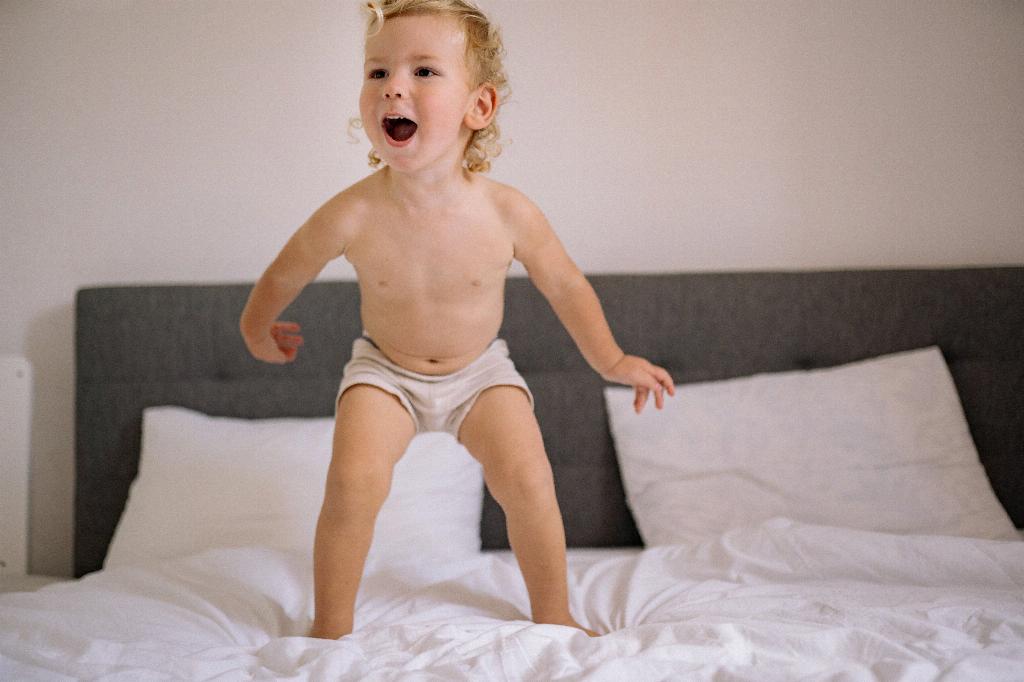Transitioning from diapers to underwear is a significant milestone in a child’s development. Recognizing when a child is ready to stop wearing diapers is crucial in ensuring a smooth and successful transition. Signs of readiness may vary from child to child but typically include behavioral and physical indicators that signal a child is prepared to move on from diapers.
Signs of Readiness to Stop Wearing Diapers
One of the key signs that your child may be ready to stop wearing diapers is their ability to notice when they are about to urinate or have a bowel movement. This awareness indicates that they are developing bladder control and may be ready for toilet training. Additionally, showing interest in using the toilet or potty, being able to follow simple instructions, and displaying independence are all positive signs that your child is ready to transition out of diapers.
Approaches to Transition
When it comes to transitioning from diapers to underwear, there are various approaches that parents can consider. Gradual transition methods, such as starting with daytime training and progressing to nighttime, can help ease the process for both the child and the parent. For those looking for a more direct approach, switching completely to underwear can be a more accelerated method. Each child is different, so it’s essential to choose an approach that aligns with your child’s readiness and comfort level.
Common Challenges and Solutions
During the transition period, it is common to face challenges such as accidents, resistance from the child, or setbacks in progress. To address these obstacles, it’s important to remain patient, provide positive reinforcement, and offer solutions to overcome difficulties. Encouraging your child, using stickers or rewards for successful toilet trips, and maintaining a consistent routine can all help in navigating through common challenges.
Parental Support and Guidance
As a parent, your support and guidance play a significant role in your child’s transition out of diapers. Creating a supportive and encouraging environment, offering praise and encouragement for small victories, and remaining patient during the process are all crucial in helping your child feel confident and secure in their new milestone.
Emotional and Psychological Aspects
It’s essential to consider the emotional and psychological aspects of transitioning out of diapers. Children may experience fears, anxieties, or concerns related to the change, and it’s important to address these emotions with sensitivity and understanding. Providing reassurance, listening to your child’s concerns, and offering comfort can help ease the emotional impact of this significant transition.
Celebrating Milestones and Successes
Throughout the transition process, it’s essential to acknowledge and celebrate the milestones and successes achieved by your child. Whether it’s successfully using the toilet for the first time, staying dry through the night, or showing increased independence, recognizing and reinforcing these accomplishments can motivate and encourage your child to continue progressing towards independence.
Conclusion
Transitioning out of diapers is a significant milestone that requires patience, understanding, and support from parents. By recognizing the signs of readiness, choosing an appropriate approach, overcoming challenges, providing parental guidance, addressing emotional aspects, and celebrating successes, you can help your child navigate this important transition with confidence and positivity.

